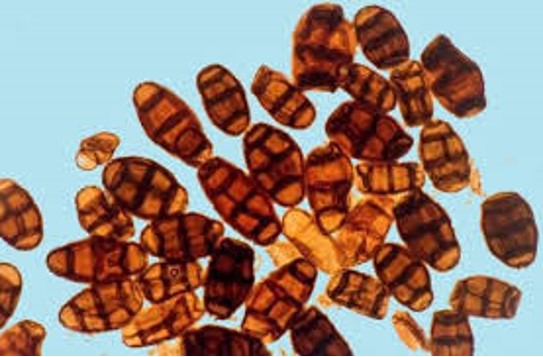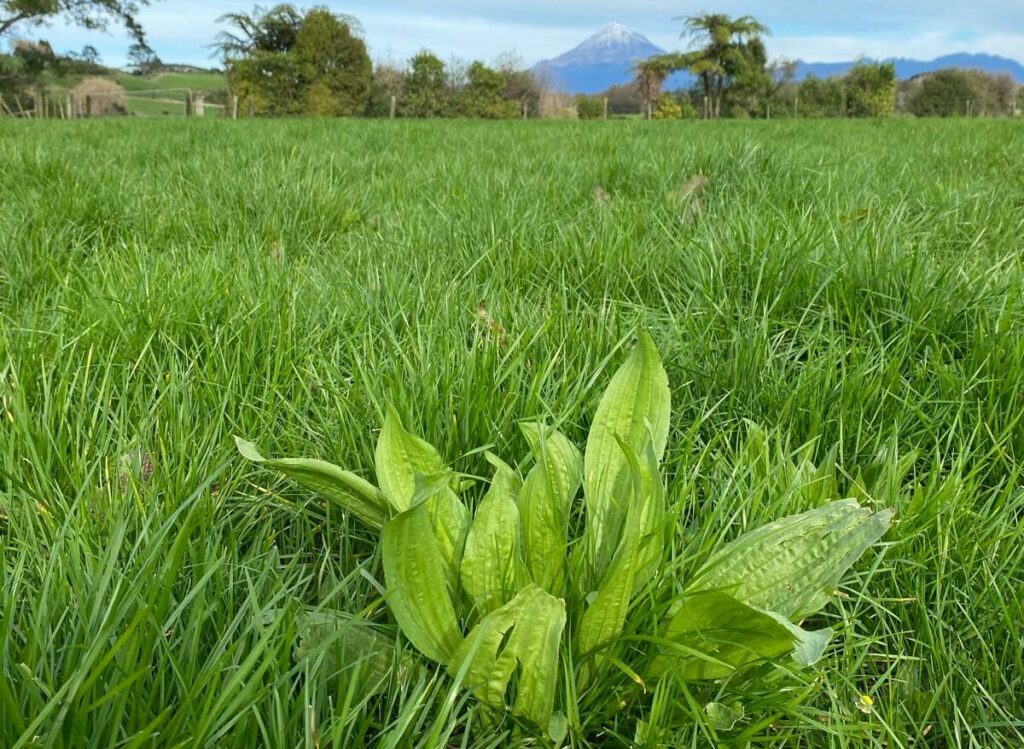20 Oct Science on farm
Science you can do on your own farm
In this blog post we cover two simple on-farm methods for improving herd management using practical science. By monitoring pasture spore counts and determining the dry matter percentage of your feed, these easy-to-follow techniques allow you to make informed decisions that promote herd health and productivity. With just a few tools and some basic steps, you can carry out accurate testing right on your farm.
How to measure facial eczema spore counts
Facial eczema is a disease caused by fungal spores (sporidesmin), leading to liver damage, reduced production, skin irritation, and, in severe cases, death. The spores thrive on soft litter at the base of grass during warm, humid months, typically from January to May. Monitoring spore counts on your farm is an effective way to manage the risk of facial eczema in your herd. This allows for timely decisions on zinc dosing, spraying, and pasture management. To conduct an accurate spore count, you will need a microscope with at least 40x magnification, which can be purchased for under $100. We use the Shoof spore counting kit to monitor spore counts on our Dairy Trust Taranaki farms.
First, collect your pasture sample from the next paddock in the grazing rotation. Cut a handful of grass as close to the soil surface as possible every 10-20 steps, depending on paddock length, following a diagonal transect. If you’re not counting spores immediately after collecting the sample, store it in the fridge, though it’s best to do the count on the same day. Mix the sample thoroughly to ensure a homogenous blend of grass and weigh out 60 g. Place this grass in the container provided in the Shoof kit, add 600 ml of water, and shake continuously for 3 minutes.
Using the provided pipettes, fill a slide with the water and gently tap out any air bubbles. Place the slide under the microscope, adjust the focus, and count the spores present in four sets of 5 squares. Multiply this count by 10,000 to determine the pasture spore count.

Facial eczema spores pictured through a microscope.
During high-risk months for facial eczema, we conduct weekly spore counts across all four Dairy Trust Taranaki farms to respond quickly to elevated spore levels and make informed management decisions. From sample collection to the final spore count, the process takes about 15-20 minutes per farm.
How to measure dry matter percentage of your feed
Understanding the dry matter percentage of your pasture or silage is important for providing your herd with both the quantity and quality of feed they need. Using an air fryer is a quick and easy method to accurately determine dry matter percentage.
Start by weighing 100 g of your pasture or feed and place it into a tray made of tinfoil or baking paper. This prevents any material from slipping through the grates, which could affect the final measurement. Trim any long blades of grass and/or remove any large maize stalks to prevent your sample touching the top element of the air fryer. Place the tray in an air fryer (preferably not the one in your kitchen) and “cook” the sample at 120 °C for 30 minutes. Afterward, weigh the sample again. For improved accuracy, you can return the sample to the air fryer for an additional 15 minutes to ensure the dry weight is consistent.
Use the following equation to calculate the dry matter percentage:
Dry Matter (%) = (Final weight / Initial weight) x 100
This method provides a fast and efficient way to measure dry matter, ensuring accuracy in feeding management.




